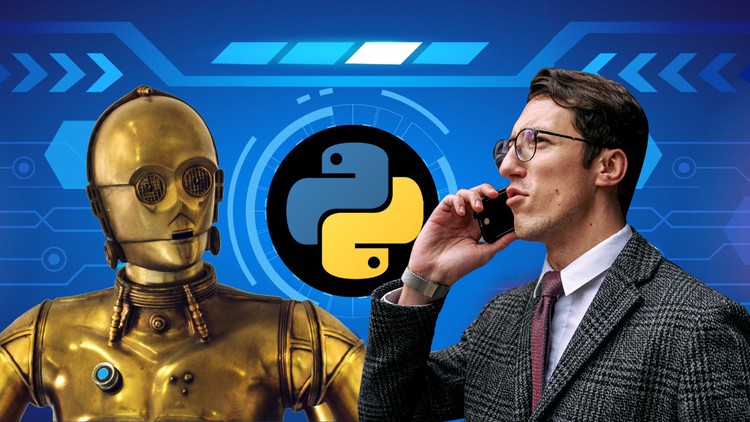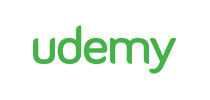در حال حاضر محصولی در سبد خرید شما وجود ندارد.

Master Data Science & Machine Learning in Python: Numpy, Pandas, Matplotlib, Scikit-Learn, Machine Learning, and more!
در این روش نیاز به افزودن محصول به سبد خرید و تکمیل اطلاعات نیست و شما پس از وارد کردن ایمیل خود و طی کردن مراحل پرداخت لینک های دریافت محصولات را در ایمیل خود دریافت خواهید کرد.


The Ultimate Excel VBA Course: Learn & Master VBA Fast

JavaScript Mastery: Best Practices & Coding Efficiency

Angular for Beginners: From Basics to Advanced Projects

The Front-End Web Developer Bootcamp: HTML, CSS, JS & React

TailwindCSS from A to Z: Master TailwindCSS Quickly

React.JS for Ecommerce: Building a Store with React.JS

Mastering Selenium: Web Automation Essentials

AutoCAD 3D: From Basics to Advanced Modelling

Angular 16 & RxJS: Build Modern Single Page Applications

MySQL for Beginners: A Complete Training for beginnners
✨ تا ۷۰% تخفیف با شارژ کیف پول 🎁
مشاهده پلن ها